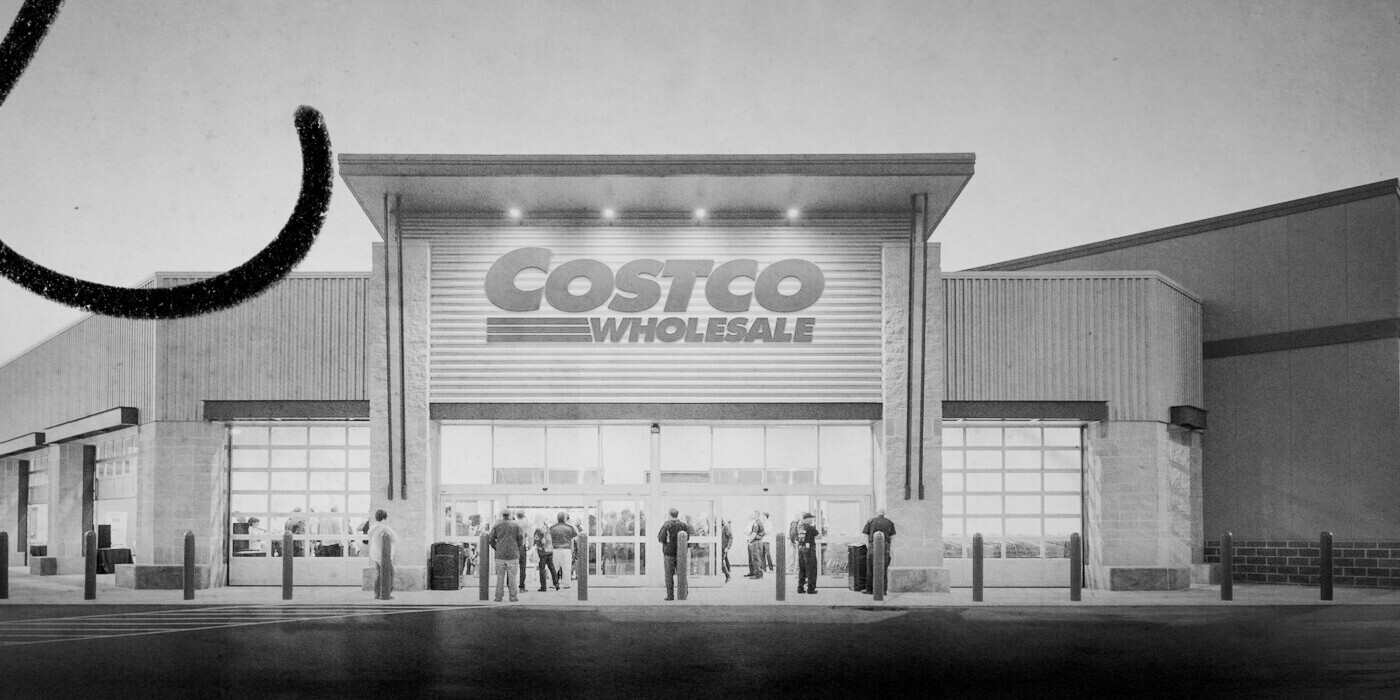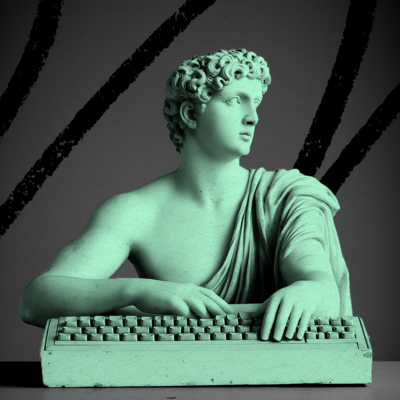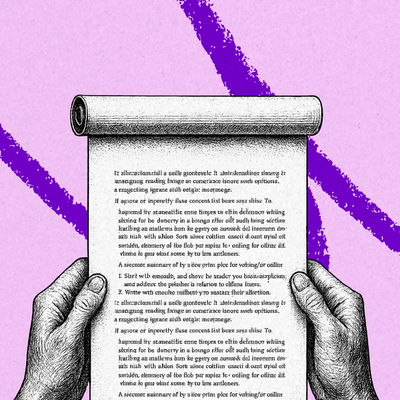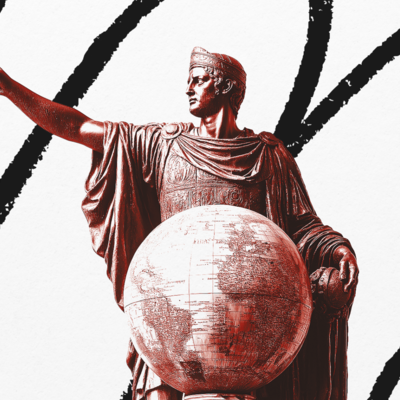
If you’re anything like the nearly 100 million people worldwide who have a Costco membership, you probably love Costco’s Kirkland Signature. You can get two dozen cage-free eggs for $6.50, or a 1.75-liter bottle of French vodka for $19.99.
But despite these products’ exceptional prices, their quality doesn’t suffer at all. In fact, the exact opposite is true. Many of their products pass purity tests with flying colors.
Kirkland also has a passionate and loyal fan base — not something you typically find with a private label brand. One guy even got a Kirkland Signature tattoo on his left arm and held his 27th birthday party at the Costco food court.
Kirkland’s success defies our intuition and experience. Shouldn’t lower prices lead to lower quality products? How can they offer rock-bottom prices but still have some of the best products around?
The answer is this: they get the best manufacturers in the world — who already have products on Costco shelves — to make Kirkland products. Yeah, you read that right. While customers might not know it, Kirkland products are often made by the same manufacturers who make the branded products that sit next to them on the shelves.
And not only that, but according to a Reddit user who worked at a Costco supplier, Kirkland products have to be at least 1% better than the equivalent branded products (on some metric of their choosing). Costco forces manufacturers to compete with a better version of themselves.
But if Costco is pitting brands against themselves, why do the brands put up with it? The short answer is that they want to. Costco is one of the largest sales channels in the world and brands can still profitably sell their products under the Kirkland brand.
In this piece, we explore how Costco leverages their high volume and strong brand to convince suppliers to manufacture products for them, and why it actually makes sense for the brands to do it. Let’s dive in.
The Beginnings of Costco
Costco was founded in 1983. It began as a business-to-business (B2B) retailer. They sold three categories of products: what businesses used in their business (food for a restaurant, for example), what businesses consumed in their business (such as toilet paper), and finally what the business owners used for personal consumption (a TV, for example).
Kirkland Signature, their extremely popular private label brand, launched nine years later in 1992. Costco co-founder James Sinegal cited one main reason that launching a private label brand was a good idea: they could undercut the big guys.
At the time, many large retailers were public companies and they faced pressure from Wall St to grow their stock price. With limited growth opportunities, they often gave into the pressure and defaulted to simply raising their prices. Sinegal saw years where commodity prices would fall, but product prices would rise. It created an “umbrella” for a private label brand to enter the market at a lower price point, so Costco launched Kirkland.
Fast forward to 2020 and Kirkland is one of the biggest and most popular brands in the US. Not just compared to other private label brands — compared to any brands.
Kirkland: 1% Better Than the Best
According to Sinegal, there are three criteria for creating a Kirkland product. First, it has to be as good (or better!) than the leading national brand. If Lipton has the best black tea, Kirkland has to be as good or better than Lipton. Next, it has to be sold for a 15-20% discount. Notably, this is a discount at the Costco price — which is already low — not the price at another retailer. And finally, the product has to be an important product for customers, something they want to buy.
And while the company doesn’t say who manufactures Kirkland Signature products, there’s some information floating around the internet. For example, it’s rumored that Kirkland actually forces the manufacturer to make the Kirkland product better than the name brand product on at least one important metric.
I found a few Reddit comments that provide some more insight (thanks to Nikita Singareddy, investor at RRE Ventures for pointing it out). From user min2themax:
The Only Subscription
You Need to
Stay at the
Edge of AI
The essential toolkit for those shaping the future
"This might be the best value you
can get from an AI subscription."
- Jay S.
Join 100,000+ leaders, builders, and innovators

Email address
Already have an account? Sign in
What is included in a subscription?
Daily insights from AI pioneers + early access to powerful AI tools










Comments
Don't have an account? Sign up!
Reddit quotes in this post are broken. Can we please fix them? :(
Interesting, especially the financial breakdown. I think another reason might be that a brand can have its cake and eat it, too. By having a Kirkland look-alike in Costco replace the brand, the brand can maintain a relationship with other retailers so people go to, say Target or Walmart or Safeway for the branded item. The brand gets to set two price tiers and profits from the knock-off that would normally be made by someone else. They also gain economies of scale, as they are manufacturing both lines. I have often seen a Kirkland product sell alongside the original branded item, then after a while, the branded item disappears and only Kirkland remains.
I don't see the marketing budget as having anything to do with it. Unless you are planning to drop your own brand and become a Kirkland only brand, then the marketing still has to be done. It's an overhead, not a 'per item' cost.
I think what you are missing is that you always want to be producing a bit more than you can sell to cover:
- any production stoppages/issues and
- cover an increase in demand, which is exactly what your marketing and sales is trying to achieve.
So if you've done a good job, you have more product than you can sell.